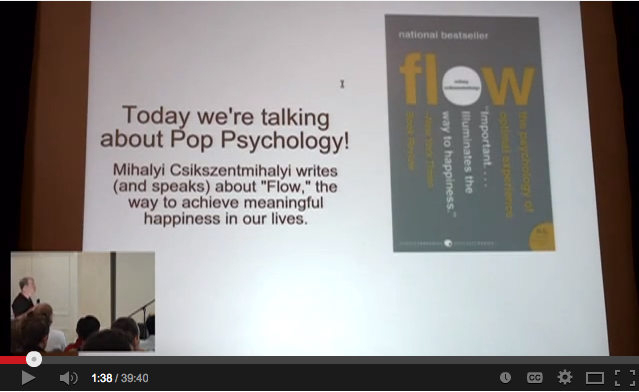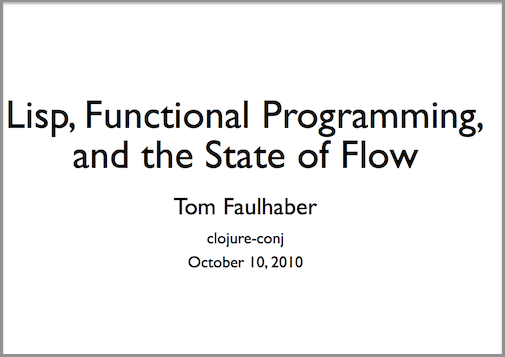
Overview and Methodology
The city of San Francisco depends on water from the Hetch Hetchy Reservoir which is filled from precipitation in the Tuolumne River watershed. I was interested in seeing what models of future climate thought about the effect of climate change on San Francisco’s water supply. Hetch Hetchy supplies 80% of the water for 2.6 million people1, so the effects of climate change could be quite significant.
In this post, I show how to use tools that we developed at Planet OS along with the data analysis tools in R to explore what climate models have to say about the future of the watershed.



